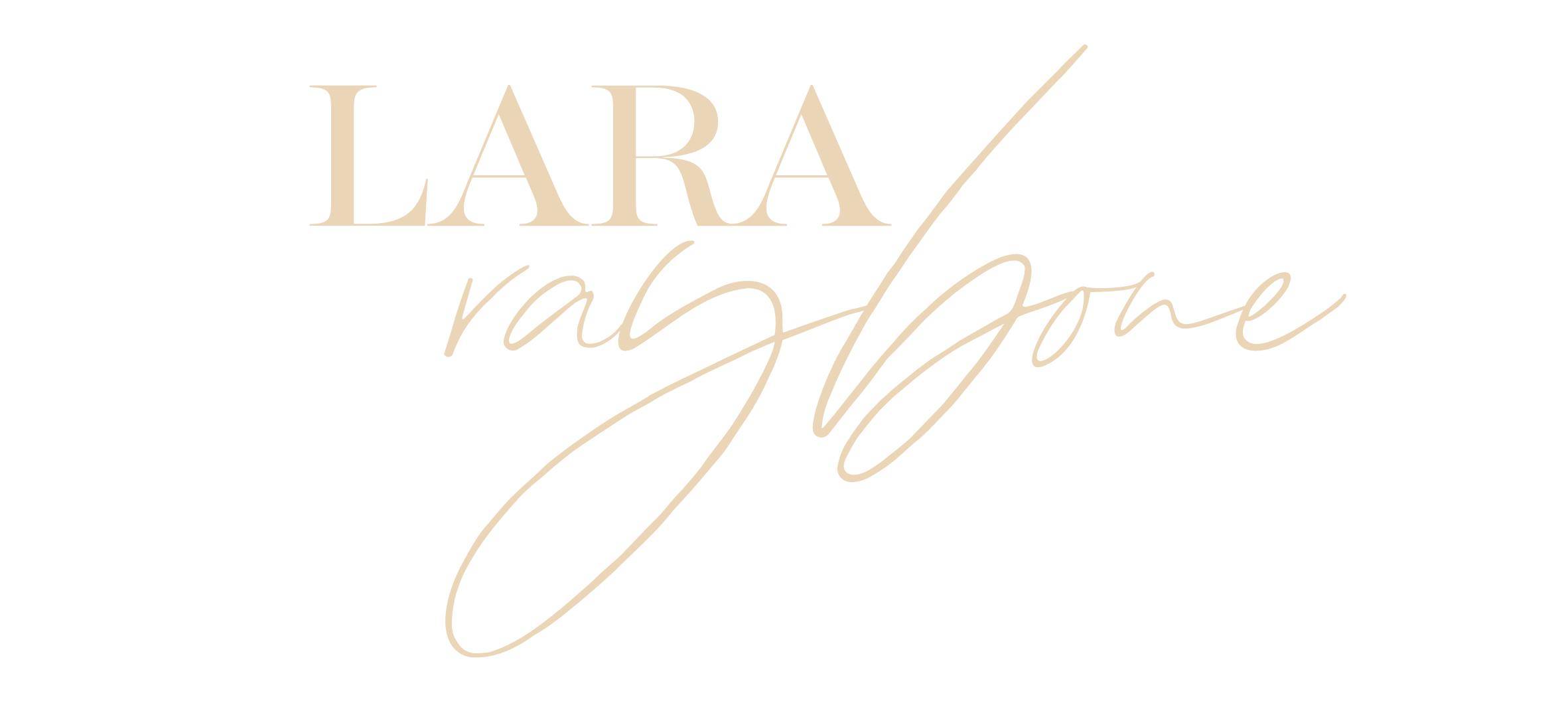The concept of dark feminine archetypes is both intriguing and complex, inviting us to delve into the depths of the human psyche and explore the shadowy aspects of féminité that often go unacknowledged. These archetypes encompass qualities and energies typically associated with mystery, power, and transformation, challenging traditional perceptions of femininity. By understanding dark feminine archetypes, we gain insights into a more holistic view of womanhood, embracing both light and shadow. In this piece, we will unravel the layers of these enigmatic archetypes, examining their significance and influence in various cultural narratives and personal growth journeys. Join us as we embark on a journey to uncover the hidden truths of mother archetype of the dark feminine.
Introduction to Dark Feminine Archetypes
Origins and Historical Context
The origins of dark feminine archetypes can be traced back to ancient myths, folklore, and religious texts. These archetypes often appear as powerful goddesses, witches, or sorceresses, embodying the mysterious and transformational aspects of femininity. For example, figures like Lilith from Jewish mythology, Hecate from Greek mythology, and the Morrigan from Celtic lore represent the darker, more enigmatic side of womanhood. Throughout history, these archetypes have been both revered and feared, symbolising the potential for both creation and destruction. They challenge the often one-dimensional portrayal of women as merely nurturing and passive, presenting a more complex and multifaceted view of feminine psyche. By examining these historical contexts, we can better understand how dark feminine archetypes have shaped cultural narratives and continue to influence contemporary perceptions of femininity.
Significance in Modern Culture
In modern culture, dark feminine archetypes have seen a resurgence, reflecting evolving attitudes towards gender and power dynamics. As society becomes more open to exploring the complexities of identity, these archetypes offer a framework for understanding the multifaceted nature of femininity. In literature, film, and art, characters embodying dark feminine traits challenge stereotypical gender roles, offering narratives of empowerment and self-discovery. The appeal of dark feminine archetype, lies in their ability to portray strength, independence, and resilience, qualities often sidelined in traditional feminine ideals. By embracing these archetypes, individuals, particularly women, find inspiration to confront personal challenges, embrace change, and assert their autonomy. Furthermore, movements advocating for gender equality and empowerment have encouraged a re-evaluation of these archetypes, recognising their importance in promoting a more inclusive understanding of femininity. Thus, dark feminine archetypes continue to shape and influence cultural dialogues, highlighting the depth and diversity of the female experience.
This 7 week programme is an embodied exploration, of the facets of the feminine, through the lens of sexuality. Click the image below to book your place.

Key Dark Feminine Archetypes
The Enchantress: Allure and Mystery
The Enchantress archetype embodies allure and mystery, captivating those around her with an almost magnetic presence. She is often portrayed as a seductress, using her charm and wit to navigate complex social dynamics. Historically, figures such as Cleopatra and Circe exemplify this archetype, wielding power through their seductive prowess and intelligence. In modern contexts, sage archetype of the Enchantress appears in various forms, from the femme fatale in film noir to the charismatic leader in contemporary fiction. Her allure lies not just in physical beauty but in an enigmatic aura that provokes curiosity and desire. This archetype challenges the notion that femininity must be passive or submissive, showcasing instead a dynamic form of power rooted in self-confidence and strategic thinking. By understanding the Enchantress, we appreciate the complexities of attraction and the subtle ways in which influence can be exerted, offering valuable insights into human interactions and personal empowerment.
The Warrior: Strength and Independence
The Warrior archetype epitomises strength and independence, breaking the confines of traditional feminine roles that often emphasise submission and docility. This archetype is characterised by bravery, resilience, and a fierce determination to overcome obstacles. Historically, figures like Boudica and Joan of Arc embody the Warrior spirit, leading armies and challenging societal norms with unparalleled courage. In contemporary culture, the archetype represents the Warrior is visible in strong female protagonists in literature and media, who defy expectations and fight for justice and equality. The significance of this archetype lies in its portrayal of women as active agents of change, capable of confronting and dismantling oppressive structures. The Warrior archetype inspires individuals to embrace their inner strength, advocate for their rights, and pursue their goals with tenacity. By recognising the Warrior within, we can challenge limiting stereotypes and celebrate the diversity of feminine power in all its forms.
Embracing the Dark Feminine
Balancing Shadow and Light
Balancing shadow and light is crucial in embracing the dark feminine. This balance involves acknowledging and integrating the shadow aspects of femininity with its lighter, more socially accepted traits. The process requires introspection and self-awareness, recognising that qualities such as anger, assertiveness, and sensuality are as vital as compassion and nurturing. By integrating these shadow aspects, individuals can achieve a more holistic and authentic sense of self. This balance challenges the dichotomy that often pits light against dark, instead celebrating the coexistence of both. It encourages a nuanced understanding of femininity, where strength and vulnerability, power and empathy, coexist harmoniously. Embracing this balance fosters personal growth, resilience, and empowerment. It allows for a fuller expression of identity, free from restrictive societal norms. Ultimately, balancing shadow and light leads to a richer, more complex understanding of what it means to embody dark feminine l'énergie, in all its dimensions.
Empowerment through Self-Understanding
Empowerment through self-understanding is central to embracing the dark feminine. This journey involves delving into one’s inner world to uncover hidden desires, fears, and strengths. By understanding these elements, individuals can harness their full potential, transforming perceived weaknesses into sources of power. Self-understanding allows people to break free from societal expectations that often limit expressions of femininity. It encourages authenticity, without personal boundaries and enabling individuals to live in alignment with their true selves. This empowerment is not about domination but about embracing one’s unique qualities with confidence and grace. Through self-awareness, individuals can navigate life’s challenges with resilience, drawing strength from a deep-seated understanding of their capabilities. Embracing the dark feminine through self-understanding fosters a sense of agency and purpose, empowering individuals to pursue their goals and dreams with clarity and determination. Ultimately, self-understanding paves the way for a more empowered and fulfilling life, where one’s inner and outer worlds align harmoniously.
Dark Feminine Archetypes in Popular Media
Iconic Characters and Representations
Iconic characters and representations of dark feminine archetypes abound in popular media, illustrating the enduring appeal and complexity of these figures. Characters like Maleficent from Disney’s retelling of Sleeping Beauty and Catwoman from the Batman series embody the dark, feminine archetype with their blend of allure, strength, and moral ambiguity. These characters challenge conventional narratives by presenting women as multi-dimensional beings capable of both nurturing and destruction. In literature, figures such as Lady Macbeth in Shakespeare’s works and Lisbeth Salander from Stieg Larsson’s Millennium series further explore these themes, highlighting the power dynamics and inner conflicts inherent in the dark feminine. These representations offer audiences a chance to reflect on the nuances of femininity, beyond the traditional tropes. They serve as a reminder of the strength and complexity present in all individuals, encouraging viewers and readers to explore their own depths and embrace the full spectrum of their identities.
Impact on Cultural Narratives
Dark feminine archetypes have a profound impact on cultural narratives, reshaping how stories of femininity are told and understood. By presenting characters that embody both power and complexity, these archetypes challenge the traditional depictions of women in media as merely passive or nurturing figures. They introduce themes of duality, transformation, and self-discovery, encouraging audiences to question societal norms and expectations. In doing so, they highlight the potential for empowerment and autonomy within the feminine experience. These archetypes inspire new narratives that explore the intricacies of identity, encouraging a more inclusive and diverse portrayal of women in storytelling. As they gain prominence, they influence cultural dialogues around gender, power, and identity, fostering a broader understanding of the feminine experience. By integrating dark feminine archetypes into popular media, creators can offer richer, more nuanced narratives that resonate with audiences seeking authenticity and depth in their cultural representations.
Conclusion: The Power of Dark Feminine Archetypes
Croissance personnelle et découverte de soi
Exploring dark feminine archetypes can be a catalyst for personal growth and self-discovery. By engaging with these archetypes, individuals are encouraged to examine parts of themselves that they may have previously ignored or suppressed. This process involves confronting fears, recognising hidden strengths, and embracing all aspects of one’s identity. Through this introspection, individuals can develop a deeper understanding of themselves, leading to increased self-awareness and emotional resilience. Embracing dark feminine qualities like intuition, sensuality, and assertiveness allows for a more authentic and empowering expression of self. This journey of inner peace and self-discovery is not just about acknowledging the shadow but integrating it with the light, resulting in a balanced and cohesive sense of identity. Ultimately, engaging with dark feminine archetypes can provide valuable insights and tools for personal development, helping individuals navigate the complexities of life with confidence and clarity, and fostering a more profound connection with their true selves.
Future Perspectives and Implications
Looking ahead, the exploration of dark feminine archetypes carries significant implications for cultural and societal development. As these archetypes become more integrated into mainstream narratives, they challenge outdated stereotypes and promote a more inclusive understanding of femininity. This shift can influence future artistic, educational, and social pratiques, encouraging societies to embrace diversity in expressions of identity. By valuing both light and shadow, cultures can foster environments where individuals feel empowered to express their full range of emotions and capabilities. Additionally, the continued recognition and exploration of these archetypes may inspire new narratives and discussions around gender and power dynamics, leading to more equitable and just societies. Future perspectives on dark feminine archetypes hold the potential to reshape our understanding of feminine power, offering transformative pathways for personal and collective evolution. By embracing these archetypes, we can cultivate a world that honours the complexity and richness of the human experience.

